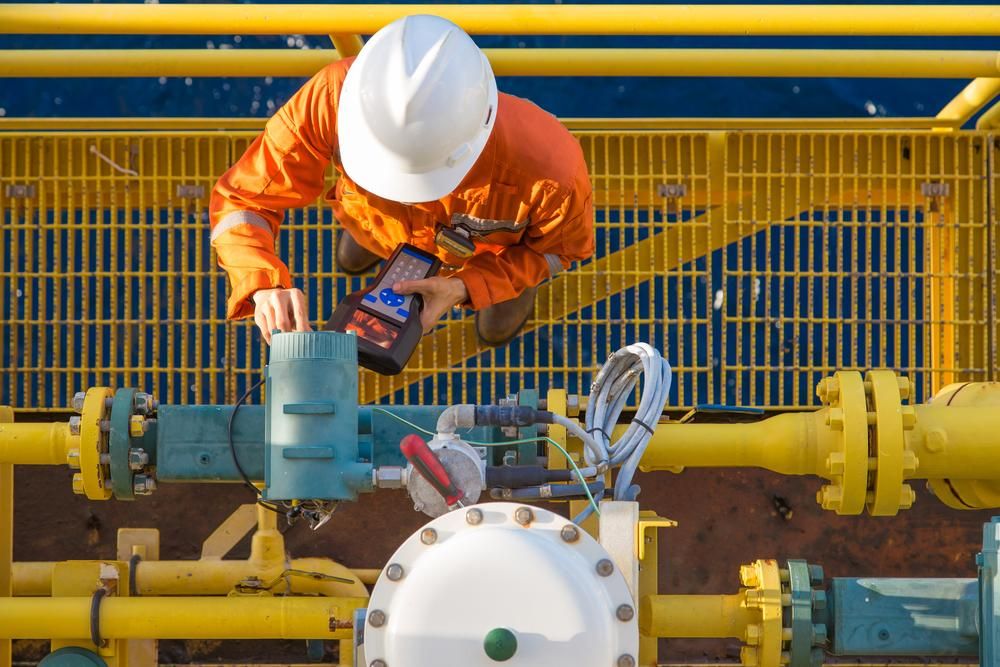3 Types of “Lone Workers” You Should Be Identifying in Your Company
Lone workers are at a greater risk than those who are continually around others. These workers can become ill, injured, or worse, and might be...
A duress alarm system can work in a number of ways. The simplest setup is when the alarm is programmed to sound an alert when a worker pushes the button for assistance. However, in a lab setting, the worker can sometimes become incapacitated and unable to sound the alert. So, laboratories can also choose alarms that have a ‘man down’ feature, which sets off the alarm if the body of a lab worker becomes prostrate.
Alternately, labs can opt for a ‘no response’ alert, which periodically pages workers and only sounds if the worker fails to respond when queried. Your particular lab environment will determine which type of alert best suits the lab and your workers. Here are some of the reasons labs need to invest in duress alarm technology.
Lab workers tend to be highly dedicated to their work, and the work is often critically important, not just to them, but to the world. Duress alarms protect those devoted individuals from harm while they focus on more important things — like curing tragic diseases and developing safer pesticides to protect the world’s food sources.
Lab work is notoriously lonesome. Dedicated researchers and technicians work extraordinarily long hours trying to solve important problems or unlock the answers to a particular mystery. Sometimes, these workers don’t even realize how long they’ve been working. A duress alarm system can respond to any number of emergencies that can occur when people spend long hours in deep concentration — such as slip and fall accidents, dropping and breaking something dangerous, or a medical emergency unrelated to their work, such as a heart attack, seizure, or allergic reaction.
Lab workers are also frequently exposed to dangerous chemicals and biological agents. In many cases, medical treatment must be given immediately following exposure to prevent permanent damage or even death. A duress alarm notifies the responders of who the person is and where they are, so that help can be rendered as quickly as possible — often saving lives or eliminating the possibility of long-term damage and suffering.
Some labs work with substances that thieves, terrorists, and other criminals would love to get their hands on. In these labs, a duress alarm programmed for a ‘no response’ alert can keep workers and the lab’s valuable property secure, even if the intruders render the worker unable to sound the alarm.
Labs are often open 24 hours a day, or at least from very early in the morning until late at night. That means that workers can miss things like weather warnings and alerts regarding other dangerous situations. A duress alarm is an excellent way to give the workers, as well as their loved ones back at home, peace about where they are and what might happen at such late and dark hours.
Nobody likes to think that the next active shooter situation or act of terror will unfold behind their doors, but it’s a possibility we all face in this day and age. Whether you work in a lab or an office, a restaurant or a newspaper, it’s a crazy world. Terrorists and disturbed people have been known to target everything from the offices of humor magazines to quiet community colleges to coffee shops and most anything in between. All employers need to protect their workers, visitors, customers, and others who come to their facilities at all times — because in this crazy world, pretty much anything can happen most anywhere.
Duress alarms are more affordable and easier to install than you might think. Contact us today to start protecting your lab workers.request a quote

Lone workers are at a greater risk than those who are continually around others. These workers can become ill, injured, or worse, and might be...

As innovative workplace strategies allow fewer employees to handle greater responsibilities, employers have a responsibility to protect their workers...

Today’s threats are growing by the moment. A wireless society means that more workers are doing their jobs remotely, while incidents of violence and...